archive
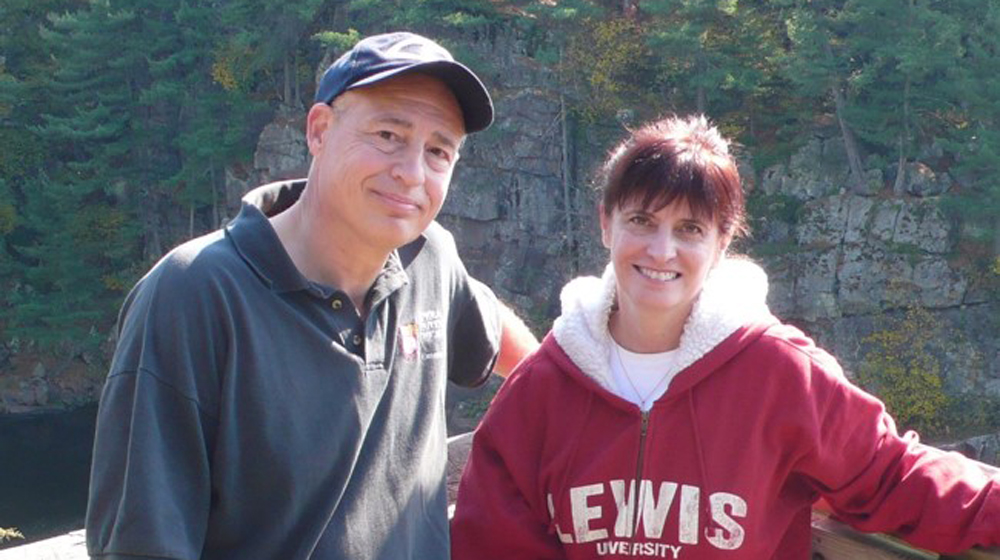
"Civil War Chicago: Eyewitness to History" on October 20th
Professor of History Theodore J. Karamanski, PhD and Loyola alumna Eileen M. McMahon, PhD, will discuss their new book on the Civil War’s transformative role in Chicago's development.
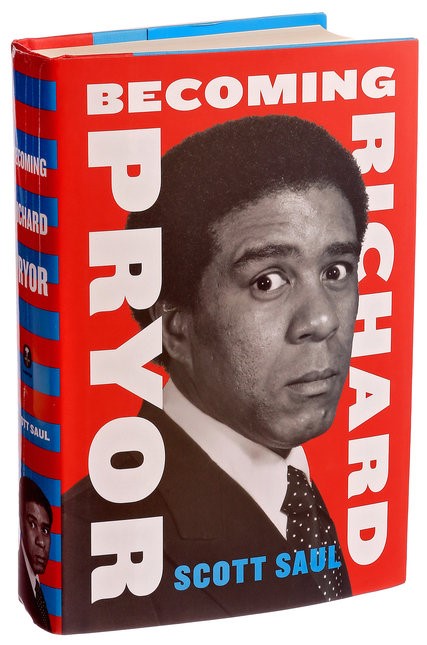
Richard Pryor Biographer to Speak at Loyola
Scott Saul, the author of Becoming Richard Pryor, will give a public lecture on the comedian entitled "Living with Richard Pryor: A Biographer's Tale" on Friday, April 24 at 3 PM.
Timothy Gilfoyle on "The Changing Forms of History"
Should history be a book discipline? What constitutes "acceptable scholarship" in history? Professor Timothy Gilfoyle considers the rich and diverse forms that historical scholarship take from books, digital media, and public history projects in his article "The Changing Forms of History" in April's edition of Perspectives on History, the AHA newsmagazine.

"The Rise of the Nation-Saint" on November 5th
Prof. Kathleen Sprows Cummings, University of Notre Dame, discusses a pre-circulated paper on the efforts of U.S. Catholics to secure their first canonized saint for the third meeting of the 2015-2016 Ramonat Seminar Series.
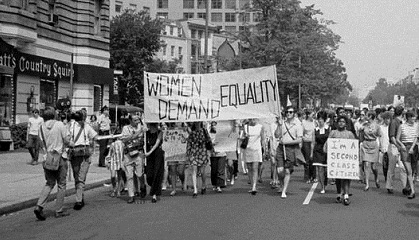
Voices of Chicago Women Activists
Celebrate Women's History Month with the Women & Leadership Archives and the Chicago Area Women's History Council. Come hear multimedia excerpts of oral histories by Columbia College honors students featuring Chicago women activists and leaders. The event will be held on Sunday, March 16th from 2:00pm-5:00pm on the 1st floor of Piper Hall.
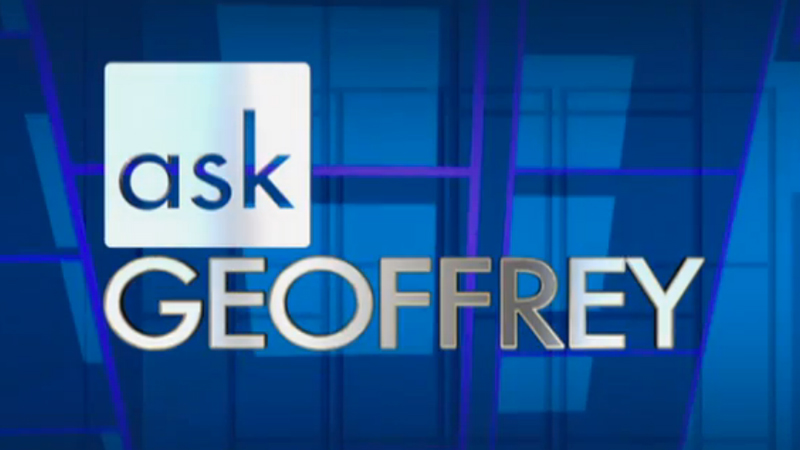
What was Chrysler Village and how did it get its name?
Public History graduate students know and shared their work on a historic nomination for the neighborhood with Ask Geoffrey on WTTW the other night.
LEARN MORE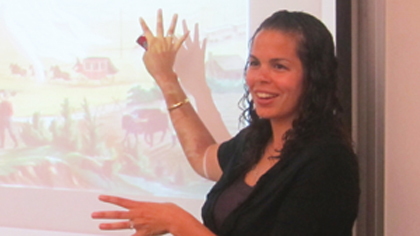
Closing the Gap
Sarah Doherty (PhD '12) reflects on the importance of the Preparing Future Faculty Program in equipping her, and other minority doctoral students, with the skills necessary for a career in academia.
LEARN MOREStudents Curate Exhibit on Campus Activism in the 1980s
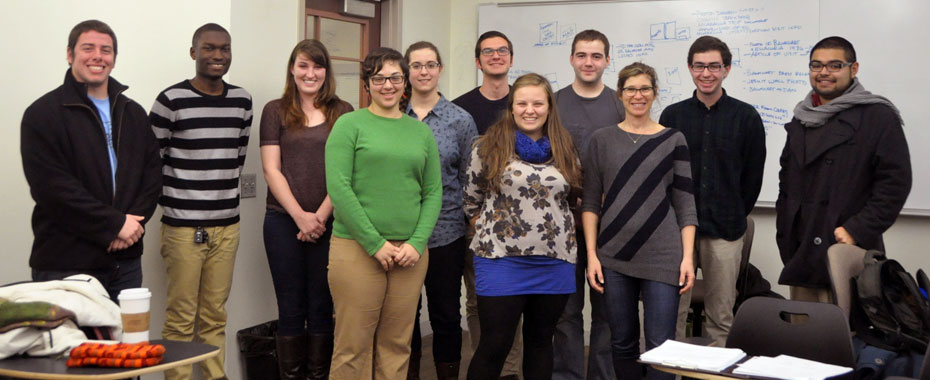
As students in Dr. Dina Berger’s Cold War in the Americas course (HIST 300) have learned this fall semester, the Cold War was just as hot in the Western Hemisphere as it was in Europe and Asia. The course examined how the Cold War played out in Latin America, focusing particularly on the consequences of American intervention in the region. The US government’s policy of aiding right-wing military governments in Central America to prevent the spread of communism contributed to political turmoil, war, and human rights violations throughout the 1970s and 1980s. These actions generated waves of protest throughout the United States, including here at Loyola.
Dr. Berger’s course offered students the unique opportunity to learn about the Cold War in Latin America by developing an exhibit based on materials held at the University Archives. The exhibit, “Voices in Solidarity with Central America: Campus Activism in the 1980s,” focuses on the ways that students, staff and faculty at Loyola responded to U.S. involvement in the conflicts in Central America during the 1980s. The students worked in groups to conduct primary and secondary source research, select artifacts for display, write label copy, and mount the exhibit on the first floor of Cudahy Library. Through this project, Dr. Berger’s students gained valuable insight into the process of historical research, exhibit development, and the role of their university within the larger context of the Cold War.
To learn more about the project, we spoke with three of Dr. Berger’s students – Evan Johnson, Miguel Lopez-Campos, and Albert Salatka – who shared their experiences doing research and developing the exhibit.
What was your role in the project and did you learn anything that surprised you during the course of your research?
Evan: I have primarily been involved with looking through past editions of the Loyola Phoenix and the Loyola World (former faculty newspaper) between the years 1979-1989 for any story related to Central America or the Cold War. I was most surprised to see how the Loyola Phoenix was much more political and active in the 1980s than it is today. Many students made it a point to read through the Phoenix in full and if a student disagreed with something written, then they would write a letter to the editor. It was really interesting to see that back-and-forth between the Phoenix staff and students, and even sometimes staff.
Miguel: I was tasked with researching the context of the main goal of the project. More specifically, I was researching what was going on nationally, locally and on university campuses while LOSPES (Loyola Organization in Solidarity with the People of El Salvador) was in operation. This was essential for gauging where the Loyola student group fit in the larger picture of people's discontent or support for US aid to El Salvador during the 1980s. I did little to no work in the archives but used monographs and online newspaper articles in order to build a better understanding of the environment LOSPES was situated in. I did discover that Loyola provided students with access to newspaper article databases which I was unaware of.
Albert: My primary role in the project was to explore LOSPES. This involved meeting with philosophy professor Dr. David Schweickart, who served as a faculty advisor for the organization, as well as looking through the LOSPES file in the Archives. In doing this, my goal was to see how LOSPES carried out its activism on and off campus. From my findings in the archive, I was most surprised to find that even from the beginning, LOSPES was staging and participating in a wide variety of events advocating against U.S. aid to the Salvadoran government. In the 1981-1982 school year, LOSPES put on 16 different programs, which included everything from regular meetings and letter-writing campaigns to demonstrations in CFSU and Washington, D.C.
What is the most important thing you would like to convey to Loyola students about human rights activism at Loyola and the conflicts in Central America in the 1980s?
Evan: It is important to note how involved Loyola students were in trying to actively gather all of the information they could get their hands on related to the events in Central America. Numerous speakers and events were held in regards to raising awareness and to stop U.S. funding. There was a great debate on campus related to those issues, but something that seemed universally agreed upon was that human rights abuses were wrong and needed to stop.
Miguel: Most importantly, Loyola student activists during the 1980s were not alone. In the proximity of Loyola, Notre Dame and Northwestern University were also places where students were engaged in voicing their opinions. The main difference seems to be that Loyola students were able to avoid letting their discontent get the better of them. At Northwestern, students got in trouble by causing trouble for CIA recruiters or spilling red paint on guest speakers who spoke in favor of US aid to El Salvador. In addition to all that, CISPES (Committee In Solidarity with the People of El Salvador) became a target of the US government and was infiltrated by the FBI. According to Dr. Schweickart, LOSPES came close to being infiltrated by a Chicago Red Squad but were able to weed out the infiltrator.
Albert: Although I cannot speak for the entire class, many of us agree that human rights activism had a much stronger presence on campus as compared to issues being handled today. This issue of providing or suspending aid was debated between students and faculty alike. The Loyola Phoenix became the vehicle for all voices to be heard and was much more open to political discourse from the campus community.
How did your understanding of doing history change as a result of this project?
Evan: Prior to the assignment it was difficult for me to relate significant moments in history to my present life. As a result of my work, I could see the Cold War through life at Loyola in the 1980s and therefore made it more relatable to me. It's interesting to see how the campus atmosphere was more engaged with the issues and hoped to encourage discussion of those issues. It is something that I wish Loyola could do again today.
Miguel: My involvement in this project made me realize how patient one must be when doing research. One day, we may find nothing but by remaining patient and determined, we increase the possibility of finding good results. Prior to this project, I conceived of history largely as a ton of reading but researching is much more than that.
Albert: My understanding of history changed in two ways after participating in this project. First, Dr. Berger did an excellent job of providing books and articles that challenged a bilateral understanding of the Cold War. Studying the Cold War from a Latin American perspective will help me to step away from the conventional in future historical studies. Also, this was my first experience working in the archives, so the project expanded my knowledge of how research can be done.
The exhibit, “Voices in Solidarity with Central America: Campus Activism in the 1980s,” opens in Cudahy Library on December 5th and will be on view through early 2014.
